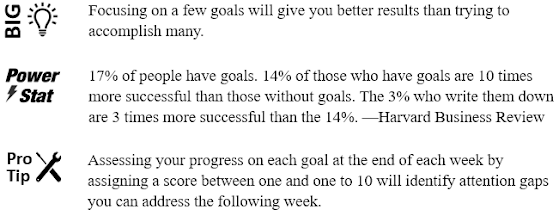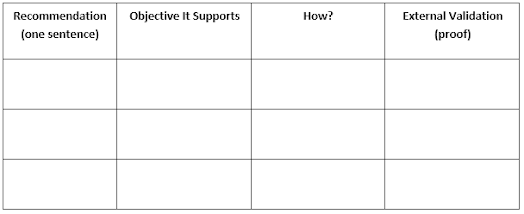DO THIS
Always be the best source of information.
BY DOING THIS
– Communicate
early and often.
– Speak
from the audience’s perspective.
– Share
everything you can, honestly (don’t spin).
Communication is the most important form of
support people receive when going through a work transition. It’s also one of
the biggest enablers of successful change because it aligns everyone on their
understanding of what’s changing, why it’s necessary, how it will affect them
and what they must do to adopt it.
Setting up a frequent and consistent communication
schedule creates the expectation that people will receive regular updates from
leaders and the project team. Communicating honestly in ways that your audience
can relate to creates the perception that these messages are the best sources
of information. You must regularly communicate even when there is nothing new
to share. If you don’t, rumors and speculation fill the void, and such counter-narratives
will seem credible, distract people and increase anxiety.
KNOWLEDGE BITES
AUDIENCE PROFILE TOOL: What are my audience's communication preferences?
SUCCESS TIP
Test your messages with a few members of your
audience to avoid (or at least be prepared for) adverse reactions.






















